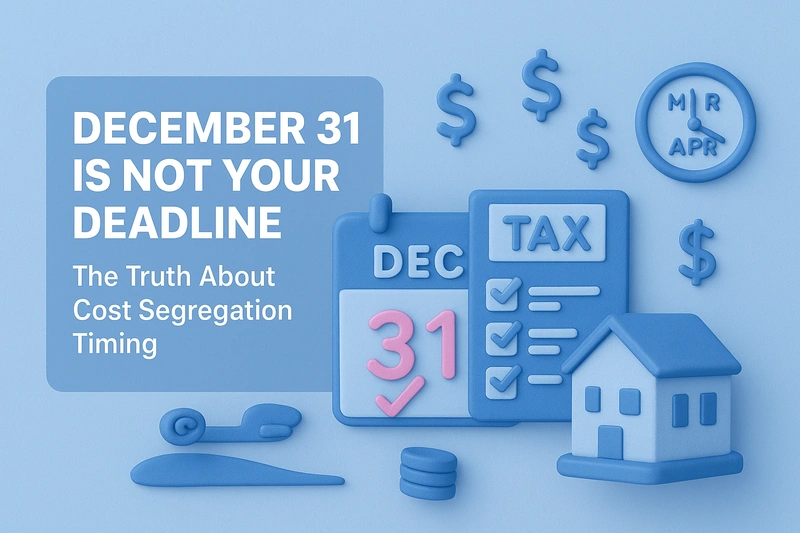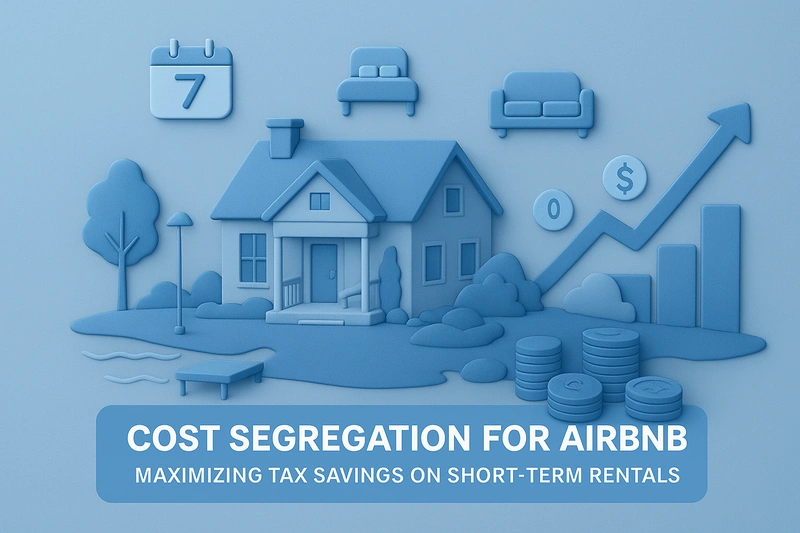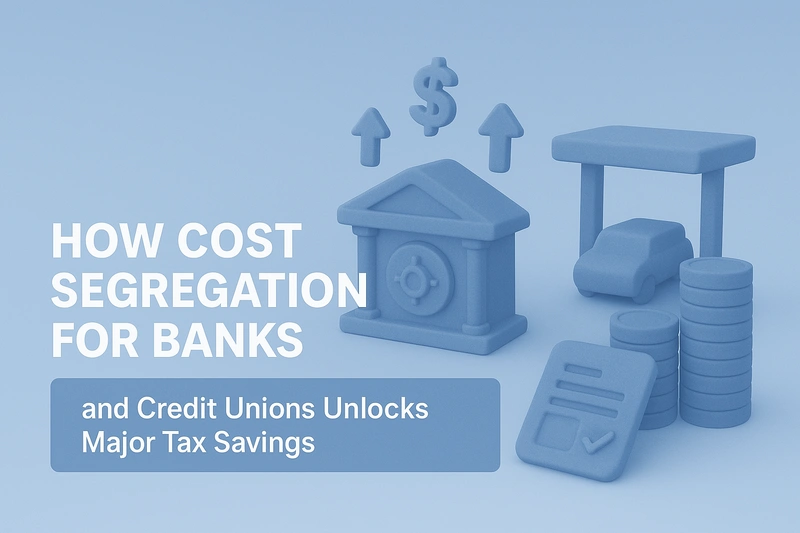Not long ago, I sat down with the owner of a seven-bay repair shop in the Midwest. He had just spent nearly $900,000 expanding his facility. Three new lifts, an oil-water separator to meet updated city code, a radiant heating system for the shop floor, and a fresh epoxy coating to handle heavy truck traffic. He assumed all of it would be written off over nearly four decades because “that’s just how commercial property works.”
When we ran the numbers through a cost segregation study, nearly a third of those improvements qualified for accelerated depreciation, which translated into more than $250,000 in first-year deductions. That was enough to finance an additional diagnostic bay that he had been putting off. His reaction was telling: “I didn’t even know this was possible. My CPA never mentioned it.”
That’s the reality for many auto repair shop owners. They’re pouring capital into highly specialized infrastructure but missing out on the tax benefits that make those investments easier to sustain. Cost segregation is the tool that changes that equation.
The Core Idea Behind Cost Segregation
At its core, cost segregation is about recognizing that not every part of a building wears out (or generates value) on the same timeline. The IRS treats a shop as one 39-year asset by default, but in reality, the reinforced concrete under a two-post lift doesn’t have the same lifespan as the shingles on the roof. Neither does the dedicated electrical line running your compressor, nor the epoxy floor coating designed to withstand brake fluid and hydraulic oil.
An engineering-based cost segregation study breaks your property down into these distinct components and assigns them to their appropriate tax lives. For auto repair shops, that typically means:
- 5-year property (things like lifts, air compressors, accent lighting fixtures, shop exhaust fans, and built-in tool benches)
- 7-year property (specialized office furnishings, IT wiring for diagnostics, and customer lounge buildouts)
- 15-year property (exterior paving, drainage systems, site lighting, and underground oil-water separators)
- 39-year property (the true long-term shell of the building (roof, load-bearing walls, basic HVAC)
The reclassification matters because the faster you can depreciate something, the sooner you get the tax deduction. In plain terms: instead of waiting four decades to recover the cost of your new epoxy shop floor, you can write it off in five years, or even in the first year if bonus depreciation applies.
That acceleration changes the math for shop owners. It turns capital expenses that feel like sunk costs into strategic tax tools that return value almost immediately. And that’s why cost segregation isn’t just an accounting exercise; it’s a cash flow strategy.
Why Auto Repair Shops Are Strong Candidates
Auto repair facilities are uniquely well-suited for cost segregation because of the heavy investment in specialized buildouts and systems. Unlike a standard office building, these properties often include:
- Reinforced concrete for lifts and equipment pads
- Customized ventilation and exhaust systems
- Oil and fluid storage installations
- High-durability flooring and lighting systems
- Expanded parking and drive lanes
All of these features represent opportunities to accelerate depreciation and generate significant tax savings.
How Bonus Depreciation Supercharges the Strategy
Bonus depreciation is the IRS’s way of letting businesses front-load deductions on certain property improvements. Instead of waiting years to recover costs, you can deduct a large percentage of qualifying assets in the very first year they’re placed in service.
On its own, cost segregation identifies the short-life assets in your property; bonus depreciation is what lets you scoop up those deductions right away. One works without the other, but together they create a much more powerful result.
Here’s the current reality for shop owners:
- 2023: 80% bonus depreciation
- 2024: 60%
- January 1–19, 2025: 40%
- January 20, 2025 and onward (if meeting acquisition rules): 100% bonus depreciation, permanently restored under the latest legislation
For auto repair shops, the impact is direct and measurable. Take a $1.2 million facility buildout: if cost segregation identifies $300,000 of that as short-life property, and the project is placed into service after January 20, 2025, the owner can deduct the entire $300,000 in the first year. That’s working capital to hire new techs, add another bay, or finance expansion into a second location.
The takeaway is simple: cost segregation finds the deductions, and bonus depreciation accelerates them. And with 100% bonus depreciation now permanently back in place, the opportunity for shop owners has never been stronger.
Timing and Strategic Considerations
While cost segregation is most effective when done in the year of purchase or renovation, it can also be applied retroactively through a catch-up depreciation adjustment. This is particularly useful for shop owners who have owned their building for several years but have never considered a study. The IRS allows a “look-back” without amending past returns, which can unlock immediate deductions.
It’s also important to align the timing with your broader tax strategy. For example, if you anticipate higher revenue years ahead, you may want to coordinate the study to offset peak earnings. This is where the input of a tax professional becomes invaluable.
Unlocking More from Your Auto Repair Investment
For auto repair shop owners, the building is an operational asset that should be working just as hard as your technicians. Cost segregation ensures that you’re not leaving money on the table by letting tax savings dribble out over decades.
By identifying which parts of your property qualify for accelerated depreciation, you can redirect savings back into growing your business, upgrading equipment, or simply improving your bottom line.
If you’re considering how cost segregation for auto repair shops can improve your tax position, it’s worth working with a specialist.
R.E Cost Seg helps shop owners maximize deductions through detailed, engineering-based studies that stand up to IRS standards. Partnering with us ensures your investment translates into immediate and long-term financial benefits.






